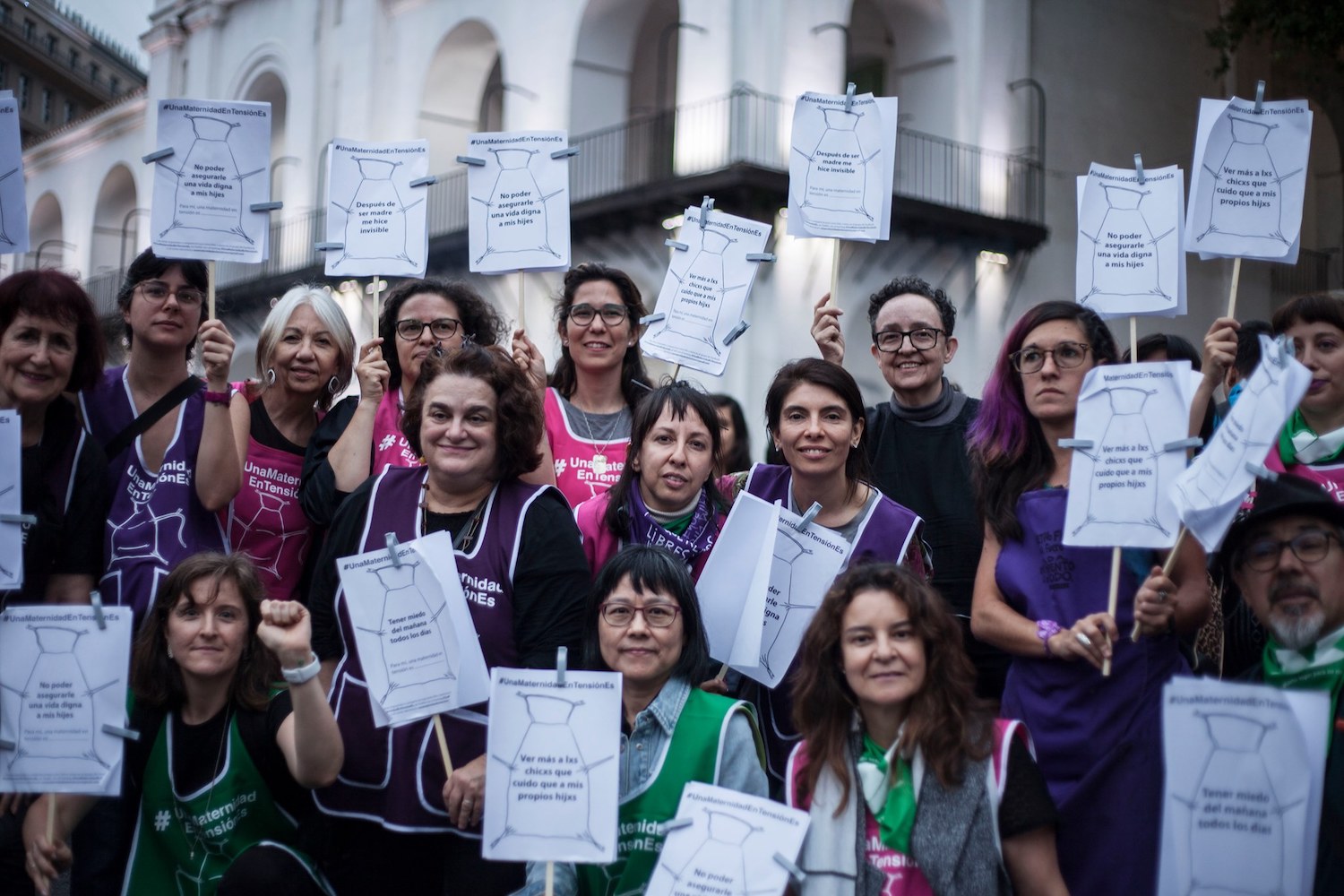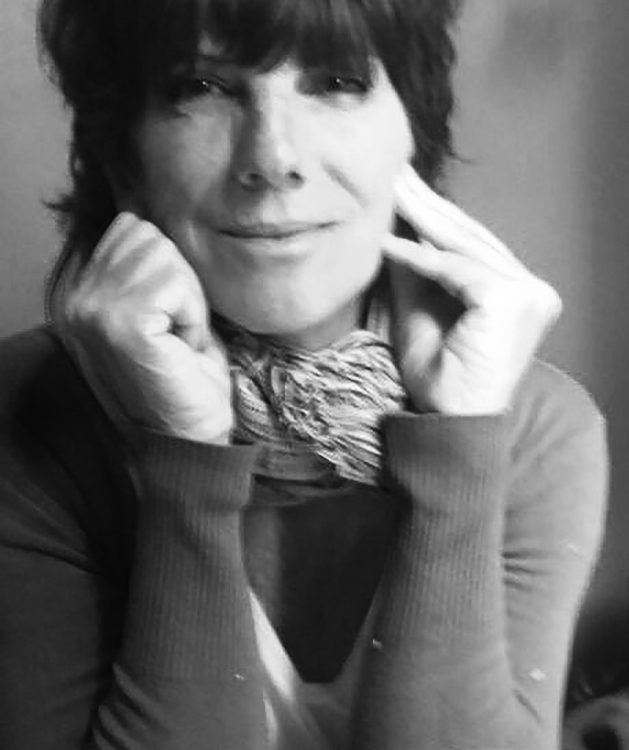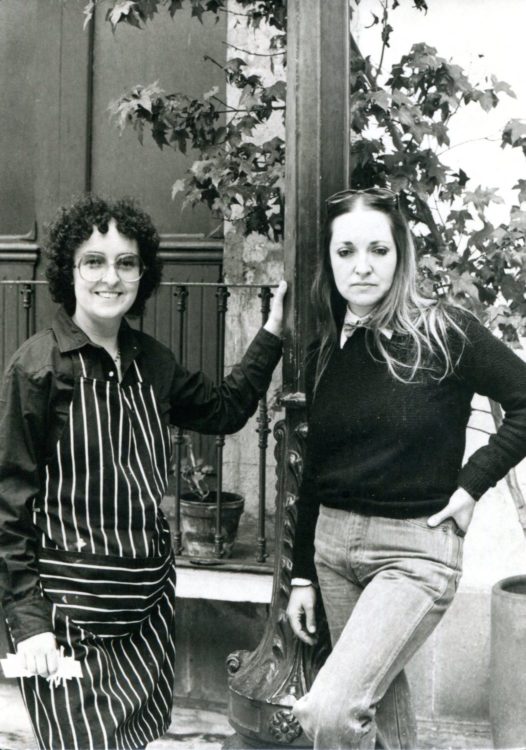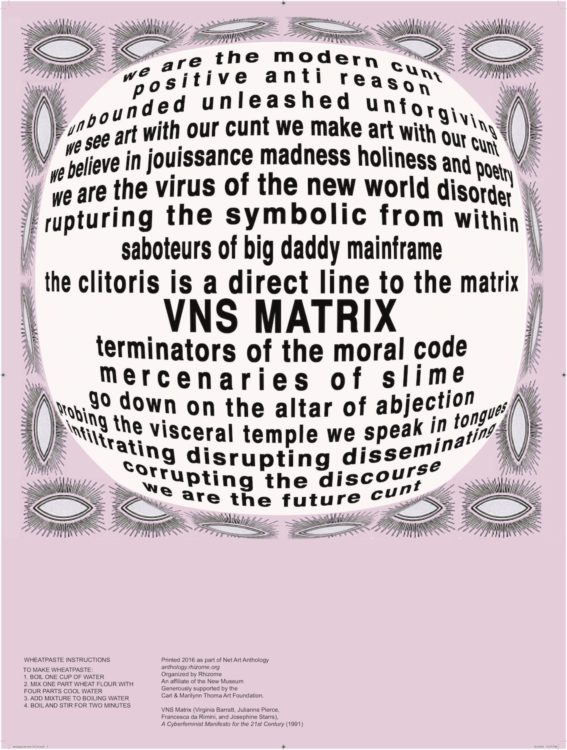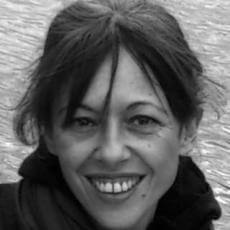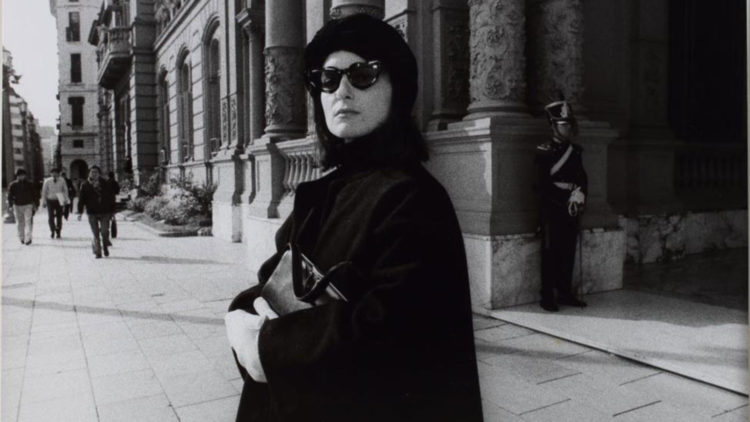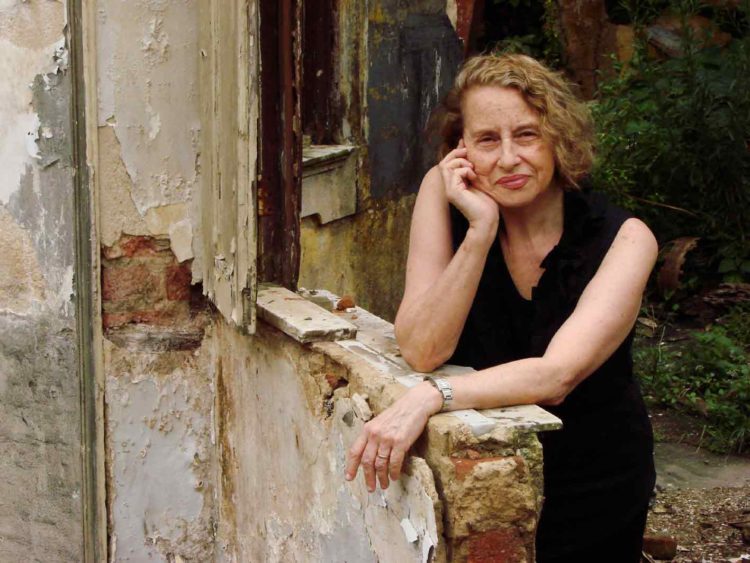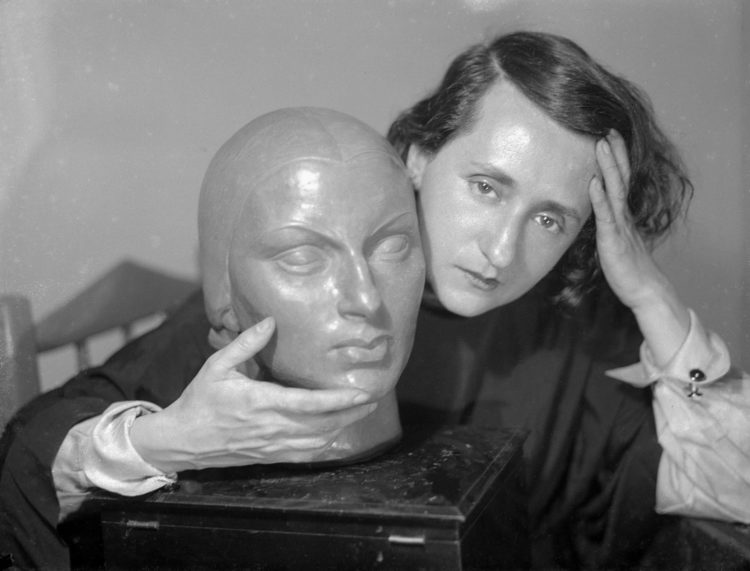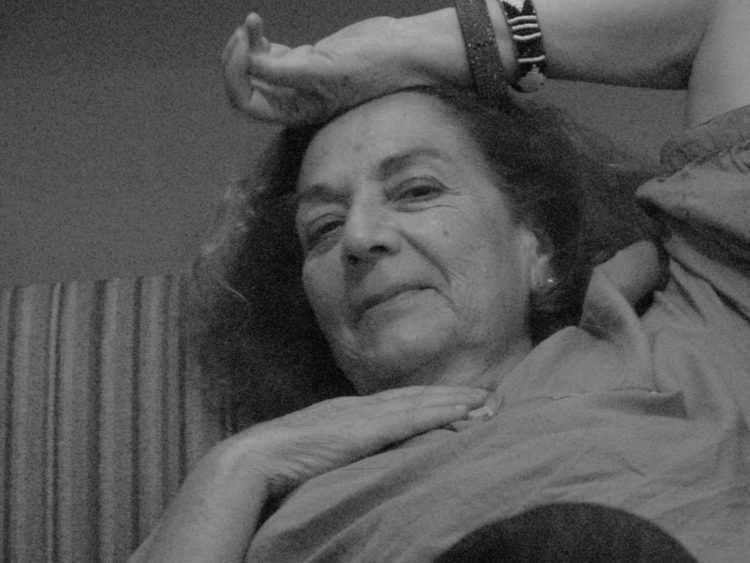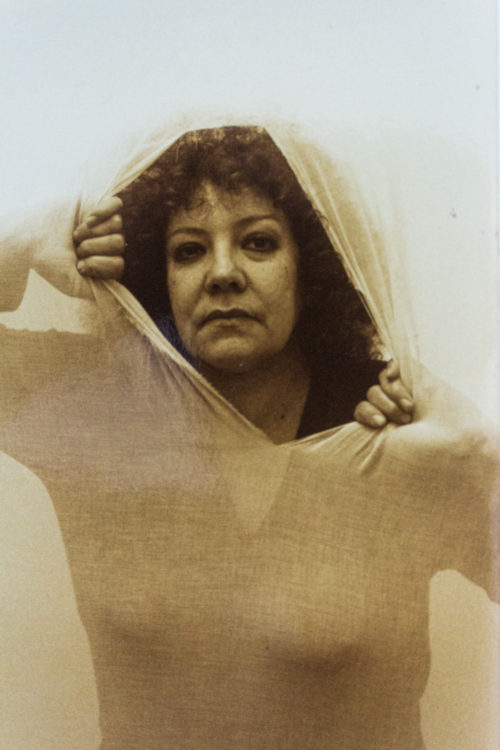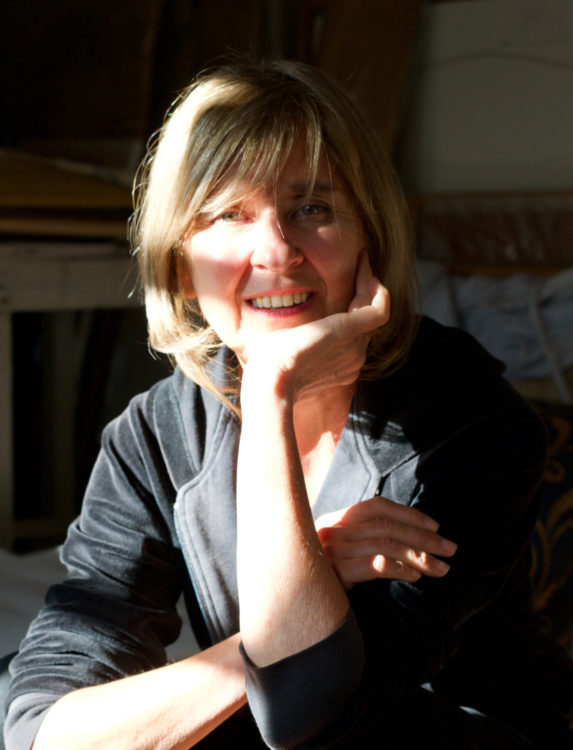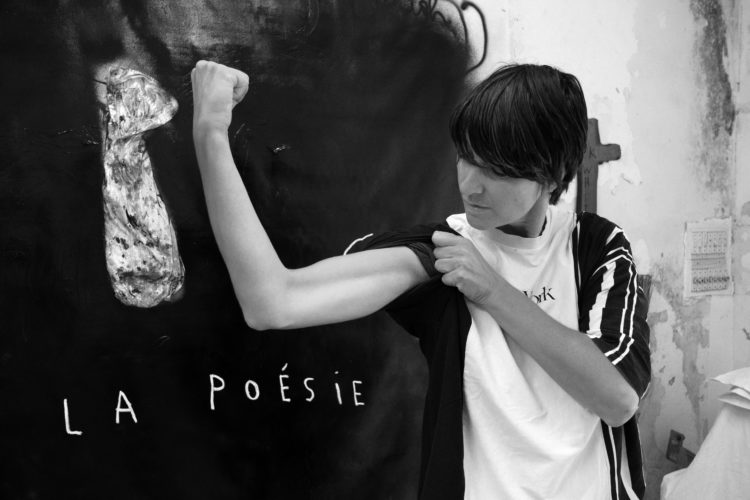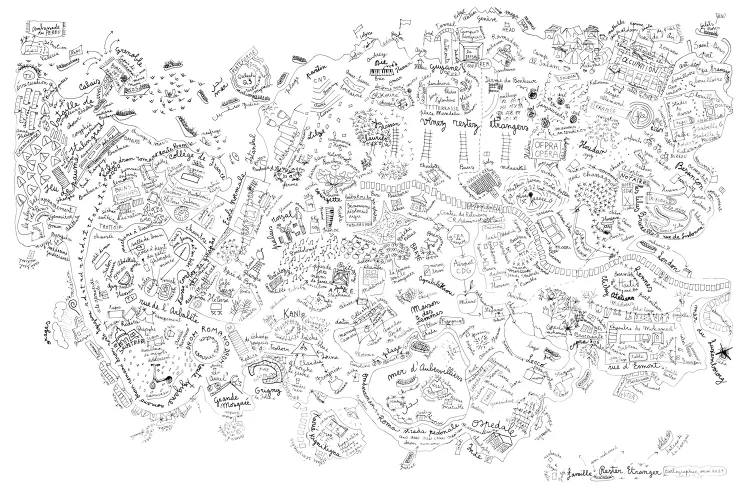Research
Una Maternidad en Tensión [A maternity in tension], Buenos Aires, Argentina, 2019, Photo Bárbara Scotto
Activism and collaborative strategies for Latin American women artists: Estado de emergencia [State of Emergency, Mexico City, 2018] and Maternidades en tensión [Modes of motherhood under stress, Buenos Aires, 2019]
Feminist art uses different languages – performance, actions, conceptual art, drawing and graphic design – to put forward slogans that organise a textual narrative to accompany the various street strategies. Some of them lead to the dissolution of the art object, and the emergence of the body and process as the centre of a creative project: the body is the medium, and consciousness-raising is the goal of feminist visual activism. Since the first women’s movements, the public square has been the site where different denunciations and demands converge and circulate. Nevertheless, these actions were influenced by the development that feminist currents underwent over time. Since the 1960s, the act of taking to the streets became closely associated with another practice that arose in radical feminist movements and spread widely: the emergence of consciousness-raising groups whose aim was to deconstruct women’s oppression and to construct theory based on personal and private experiences.
The organisation of support groups where women could freely compare experiences was considered foundational for the enormous task of dismantling the patriarchal system; 1970s feminists held that the personal is political and therefore these conversations were a site for the production of knowledge. One aspect of feminist activism consisted of distributing information about issues that directly affect women. These consciousness-raising groups launched a process of identifying uncomfortable situations and seeking change. Very soon, as a consequence of opening up the domestic sphere and its various problematics to public debate, these experiences, understood to be structural, infused practices that upended traditional political art. Consciousness-raising stimulated the production of artworks in which women artists expressed their personal experiences, as well as their critique of patriarchy. As Amelia Jones wrote, “In the art world, raising consciousness is considered as a parallel to making art… it is through this that women artists express their own experience as female subjects immersed in the patriarchal culture.1
This consciousness-raising on how patriarchy functions entails the appropriation of public spaces in two senses: as a space for demands and collective struggles, and as a laboratory for creative experiences that fortify these struggles. These, to my mind, occur simultaneously. Both strategies – consciousness-raising and street action – constitute political tools even as they become part of the creative processes of women artists. By activism, we mean the articulation of artistic and aesthetic practices – performance, posters, film projections on public walls, sound interventions, etc. – whose purpose is to spur social action. The street is the privileged site for speaking and for the circulation of discourses that both promote consciousness-raising among cis and trans women and interrogate received ideas. Gendered violence, feminicide and trans-feminicide, misogyny, lesbian/gay/trans phobia, blocking abortion, unpaid domestic labour, the structural poverty of women and girls – all these and other such problematics transform the street into a laboratory of aesthetic/political experiences.
Estado de Emergencia. Puntos de dolor y resiliencia en la Ciudad de México [State of Emergency. Points of pain and resilience in Mexico City] was a project coordinated by the artist Lorena Wolffer (Mexico, b. 1971) in collaboration with two professors, María Laura Rosa (Argentina) and Jennifer Tyburczy (U.S.), carried out in November 2018 in Mexico City. It sought to expose the reality experienced by Latin American women and sex/gender dissidents, taking Mexico as its observation platform. The project’s premise is that the lives and bodies of women and sex/gender dissidents in Latin America have become alarmingly vulnerable over the past decade, reaching extremely grim levels. One factor behind this situation is the absence of the State when it comes to issues like feminicide and trans-feminicide, since it fails to carry out justice and turns its back on the situation by means of a bureaucracy that moves so slowly that cases fall into oblivion. Thus, the State seems to rely on wearing down the victims rather than enforcing the law and condemning violators.2
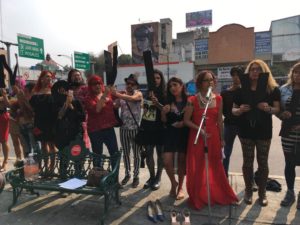
Estado de Emergencia. Puntos de dolor y resiliencia en la Ciudad de México [State of emergency. Points of pain and resilience in Mexico City], 2018. Photo María Laura Rosa
Estado de Emergencia seeks to carry out consciousness-raising on a broad scale, transforming spaces marked by pain, apathy and forgetting into agoras of visibility, debate and proposed solutions. Academics, artists and activists from Argentina, Brazil, Chile, Mexico and the U.S. were invited to take part in public reflection and debate about horrendous crimes in the very places in Mexico City where they were being perpetrated: the Universidad Nacional Autónoma de México (UNAM), the Puente de Alvarado thoroughfare, the Suprema Corte de Justicia de la Nación (Supreme Court) and the Procuraduría General de Justicia (Attorney General’s office). This gave free access to passers-by and offered them the chance to participate and speak out in the debates.
As the debates were launched, a feminist art and activism collective called for an action to complement the speak-outs. It involved the Invasorix (2013-) collective, the artists and activists Lía García (b. 1989, La Novia Sirena [The Mermaid Bride], performance), Natalia Lane (b. circa 1980), Cerrucha (b. 1984) and Mónica Mayer (b. 1954). At the same time as these speak-outs and actions were going on, the Centro Nacional de las Artes (CENART, CDMX) hosted workshops on personal defence and digital security, as well as legal advice consultations by women lawyers to share information regarding gendered violence. Artists played a fundamental role throughout the project since the aesthetic propagation of activist discourses gives added power to the debates and discussions as a different way to reach audiences. This subverts the given cartography: journeys of pain, silence and ignorance are transformed into pathways of change, demanding sovereignty over bodies and, at the same time, a worthy and pluralistic life.
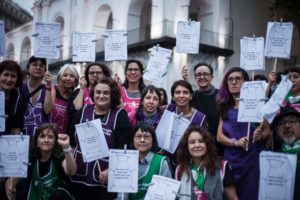
Una Maternidad en Tensión [A maternity in tension], Buenos Aires, Argentina, 2019, Photo Bárbara Scotto
The activist piece Maternidades en tensión (2020) was organised around the visit to Buenos Aires (Argentina) of the artist M. Mayer, on the occasion of the first retrospective exhibition of her work. She and M. L. Rosa – curator of the M. Mayer retrospective at the Waldengallery – called together a group of feminist artists, activists, teachers and sociologists to take part in a project produced by the sociologist Nayla Vacarezza. Three months before M. Mayer’s visit to Buenos Aires, a series of videoconference work meetings began. In the course of this collective work, it was decided to conduct a reflection on motherhood in the broadest sense of the word, using virtual visual material designed by Brenda Hernández Novoa in Mexico.
Before M. Mayer’s arrival in Argentina, the group organised several actions based on her historic piece El tendedero [The Clothesline Project, 1977-2019] , in which she invited women to express what they considered stressful about motherhood. These actions were carried out during the Encuentro plurinacional de mujeres lesbianas, travestis, trans y personas no binarias (Multi-national conference of lesbian, transvestite and trans women and non-binary people) in the main square in the city of La Plata, organised by Alejandra Oberti, N. Vacarezza and Mariela Peller on 13 October 2019, and the Contrafestejo del día de la madre (Mothers’ Day counter-celebration) at the Plaza de los Dos Congresos, organised by the group Maternidades Feministas, headed by Aidana María Chávez Rico (b. 1976) and Delfina Schenone on 20 October 2019. The responses provided a wide variety of viewpoints on this subject. A Facebook page and an Instagram hashtag, #unamaternidadentensiónes, were used to spread the organisers’ calls. The group decided to reproduce the responses in the form of posters printed up for distribution at the 25 October 2019 march held as part of a national campaign targeting violence against women. During the march, more replies were received, to be included in the performance’s archives.
Maternidades en Tensión seeks to create a space for conversations about motherhood, as can be seen in the video documenting the action carried out during the march. Both works arose from M. Mayer’s workshops, which distilled feminist pedagogical methodologies and problematics in the agenda of women’s movements using performance and activist elements. All this produced a process-artwork documented simultaneously by graphic materials, photos, videos, etc., which constitute the corpus or archives of this piece.
Both projects strengthened Latin American linkages to confront the scourges that beset the continent’s women and sexual dissidents.
Amelia Jones : « Herejías feministas: el “arte coño” y la representación del cuerpo de la mujer », in Herejías. Crítica de los mecanismos (cat. expo.), Canarias, Centro Atlántico de Arte Moderno, 1995, p. 583-620.
2
3
L’UNAM fut à l’origine du mouvement étudiant de 1968, dont la répression violente reste connue sous le nom de « massacre de Tlatelolco » : le 2 octobre, l’armée tue plusieurs centaines de manifestants sur la place des Trois-Cultures. Rebaptisée au printemps 2021, l’avenue Puente de Alvarado rendait hommage au conquistador Pedro de Alvarado, principal auteur du massacre du Templo Mayor, les 20 et 21 mai 1521, au cours duquel fut assassinée une partie de la noblesse aztèque. [N.d.T.]
María Laura Rosa, the author, from Argentina, holds a PhD in contemporary art from the Universidad Nacional de Educatión a Distancia (UNED), Madrid. She is a researcher at the Consejo Nacional de Investigaciones Científicas y Tecnicas (CONICET) in Buenos Aires, professor of aesthetics in the art studies department at the Universidad de Buenos Aires (UBA) and professor of Latin American art in the curating and art management department at the ESEADE University Institute. As author and editor, her work includes De cuerpo entero. Debates feministas y campo cultural en Argentina 1960-1980 [Full Body: Feminist debates and the cultural field in Argentina, 2021], and Compartir el mundo. La experiencia de las mujeres y el arte [Sharing the world. Experiences of women in the arts], 2017. She also wrote Legados de libertad. El arte feminista en la efervescencia democrática [Legacies of Freedom. Feminist art in the democratic ferment, 2014].
An article produced as part of AWARE’s academic network, TEAM: Teaching, E-learning, Agency and Mentoring.
